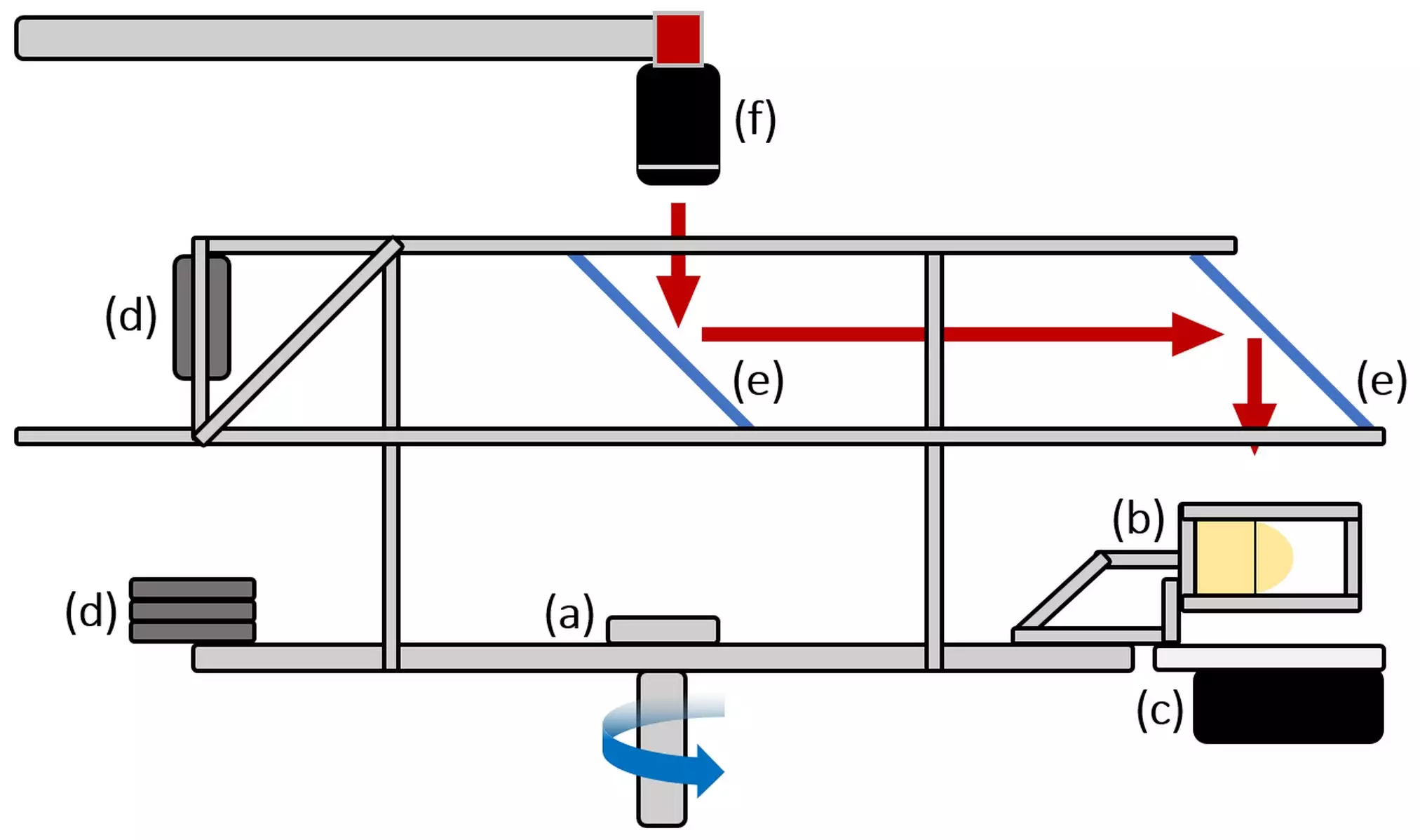Mayonnaise, a common condiment found in households, is being used by researchers to gain insights into the physics of nuclear fusion. This unconventional approach has provided valuable information in understanding the structural integrity of fusion capsules used in inertial confinement fusion. Arindam Banerjee, a renowned Mechanical Engineering professor at Lehigh University, has been leading the research efforts in this fascinating area.
The concept of fusion reactions, which power the sun, holds the key to a potential almost limitless and clean energy source for humanity. However, replicating the extreme conditions of the sun on Earth is a tremendously complex challenge. Scientists and engineers, including Banerjee and his team, are exploring various avenues to unravel the mysteries of nuclear fusion.
Inertial confinement fusion involves inducing nuclear fusion reactions by rapidly compressing and heating fuel-filled capsules. These capsules, often containing isotopes of hydrogen, undergo melting under intense temperatures and pressures, leading to the formation of plasma. The plasma state of matter holds the potential to generate vast amounts of energy, but it is susceptible to hydrodynamic instabilities that can diminish energy output.
Banerjee’s team delved into the Rayleigh-Taylor instability, a phenomenon occurring between materials of varying densities with opposing gradients of density and pressure. By using mayonnaise in their experiments, which mimics the behavior of solids under pressure, the researchers were able to simulate flow conditions similar to plasma. This approach eliminated the need for extreme heat and pressure, making the experiments more manageable.
Through their studies, Banerjee’s team identified distinct phases in the deformation of mayonnaise under stress. The condiment exhibited an elastic phase followed by a stable plastic phase before transitioning into a flowing state, where instability arose. Understanding the transition between these states is crucial for predicting when instabilities may occur and taking preemptive measures to control them.
In their latest publication in Physical Review E, Banerjee’s team, including former graduate student Aren Boyaci, explored the properties influencing Rayleigh-Taylor instability and its impact on perturbation growth. They identified conditions that could facilitate elastic recovery and potentially suppress instability, offering valuable insights for the design of fusion capsules. The research marks a significant step towards ensuring the stability of fusion reactors.
Despite the groundbreaking findings, a key challenge lies in translating the data obtained from mayonnaise experiments to real-world fusion capsules. The vast differences in material properties necessitate further investigation to validate the applicability of the research findings on a larger scale. Banerjee and his team are actively working to bridge this gap and enhance the predictability of fusion reactor behavior.
Banerjee emphasizes that their research is part of a broader collective effort to realize the potential of fusion energy. As researchers from various disciplines contribute to the ongoing quest for sustainable and efficient energy sources, Banerjee’s team serves as a vital component in advancing fusion research. Their innovative use of mayonnaise exemplifies the diverse approaches being explored in the pursuit of clean energy solutions.
The study of nuclear fusion with the assistance of mayonnaise underscores the ingenuity and creativity of researchers in addressing complex scientific challenges. By leveraging unconventional methods and interdisciplinary collaborations, scientists are making significant strides towards unlocking the potential of fusion energy for the benefit of society.


Leave a Reply